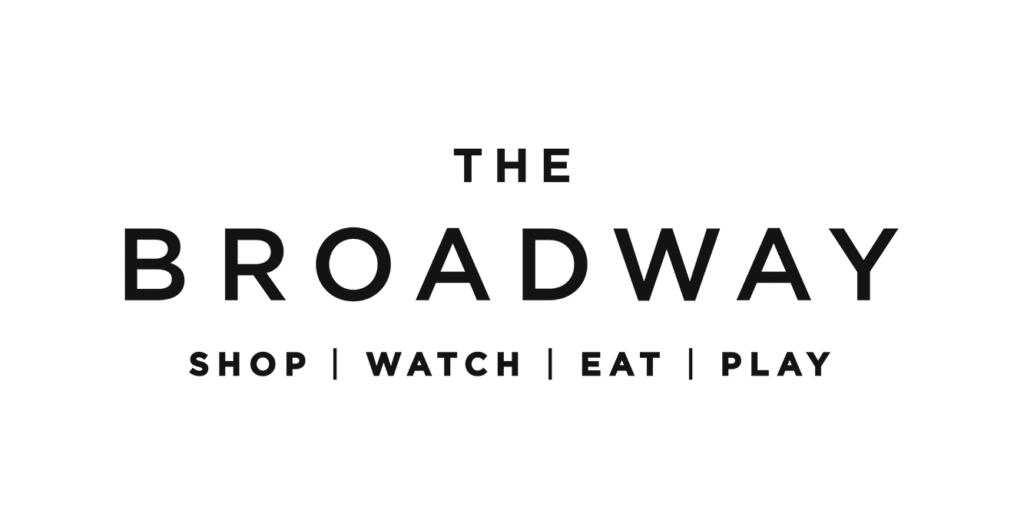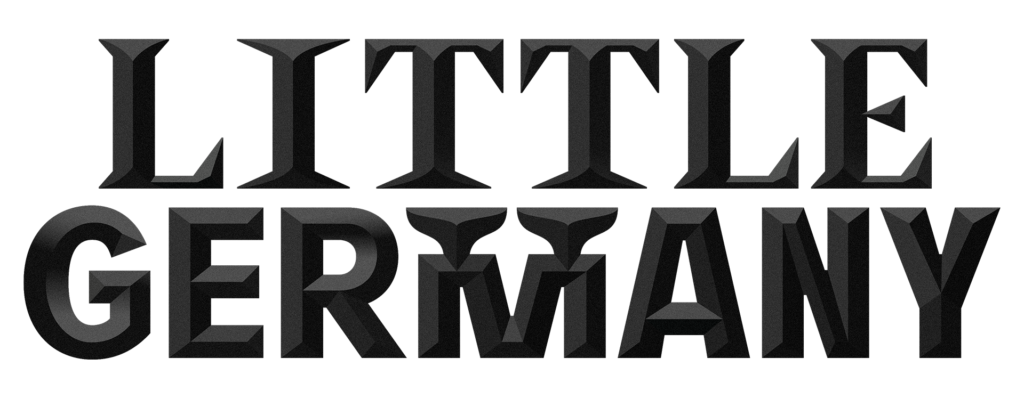Little Germany is Bradford's historic mercantile quarter, located just off the city centre's main shopping streets. The area is home to 55 listed buildings packed into a small corner of Central Bradford—making it one of the most remarkable heritage destinations in the UK. You can spend an hour, an afternoon, or a whole weekend exploring different parts of Little Germany. Here are 14 points of interest and fascinating facts to get you started on your journey.
1. Amazing Architecture
Little Germany boasts one of the highest concentrations of listed buildings in the UK, meaning that every street is home to a visual architectural treat. You don’t need to be a big design buff to enjoy a stroll around, looking up at some of the interesting stone details, but if you want to know more about the history of individual buildings we recommend taking the Little Germany heritage trail.
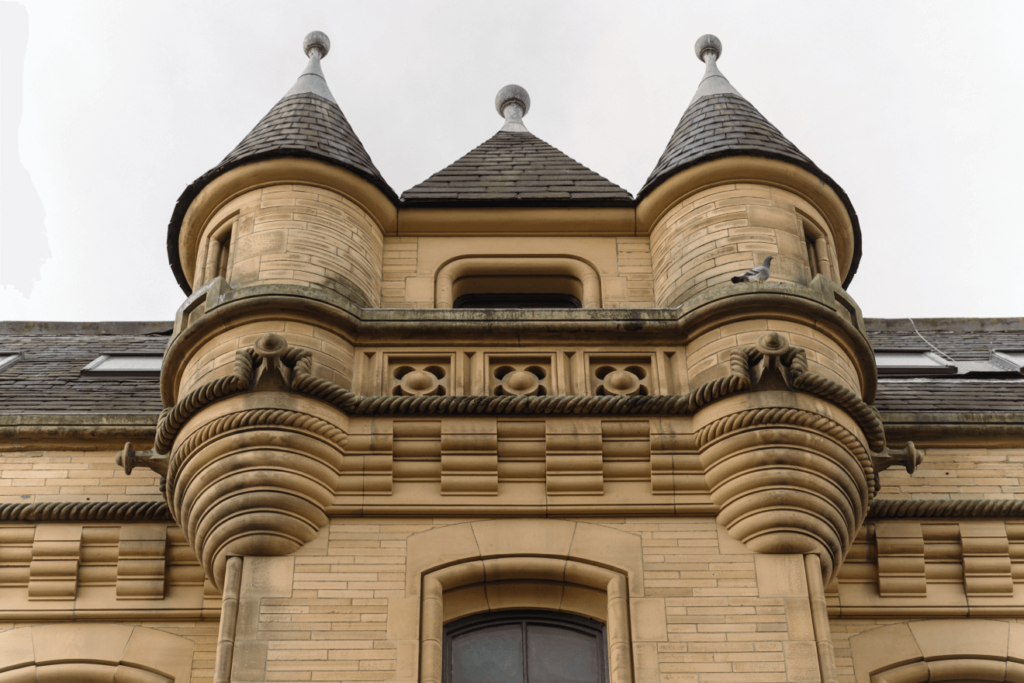
Merchant building can be found at 46 Peckover Street
2. As seen on screen
Given its unique historical character, it’s no surprise that Little Germany has been the backdrop for multiple productions on both big and small screens. Fans of popular BBC drama Peaky Blinders will be interested to learn that the fictional Shelby brothers’ headquarters is actually filmed in a warehouse on Cater Street. Bradford City of Film has a comprehensive list of Little Germany locations, and can advise on how to film here in future.

Cater Street. Featuring The Old Quaker School signage.
3. Fantastic theatre
Chapel Street is one of the most interesting and historic thoroughfares in Little Germany. At its heart is the Bradford Playhouse, an independent producing theatre with strong links to the author J B Priestley. More on the history of the Playhouse can be found in the heritage trail, but the theatre itself is still staging regular performances, gigs, and screenings.
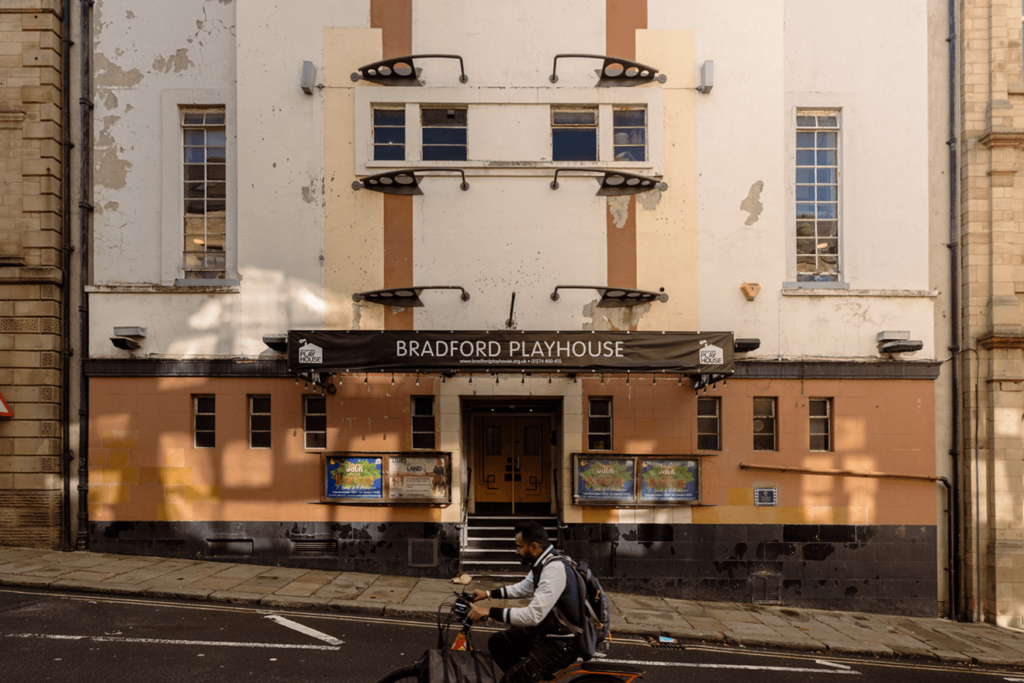
Bradford Playhouse on Chapel Street. Opened in 1929.
4. Festival Square
Did you know that the legendary Bradford Festival started life in Little Germany? The early 1980s were an exciting and ambitious time for the city’s cultural and creative community, many of whom were helping to preserve Little Germany for future generations. That legacy lives on today, as Festival Square was renamed to honour the amazing events that took place here.
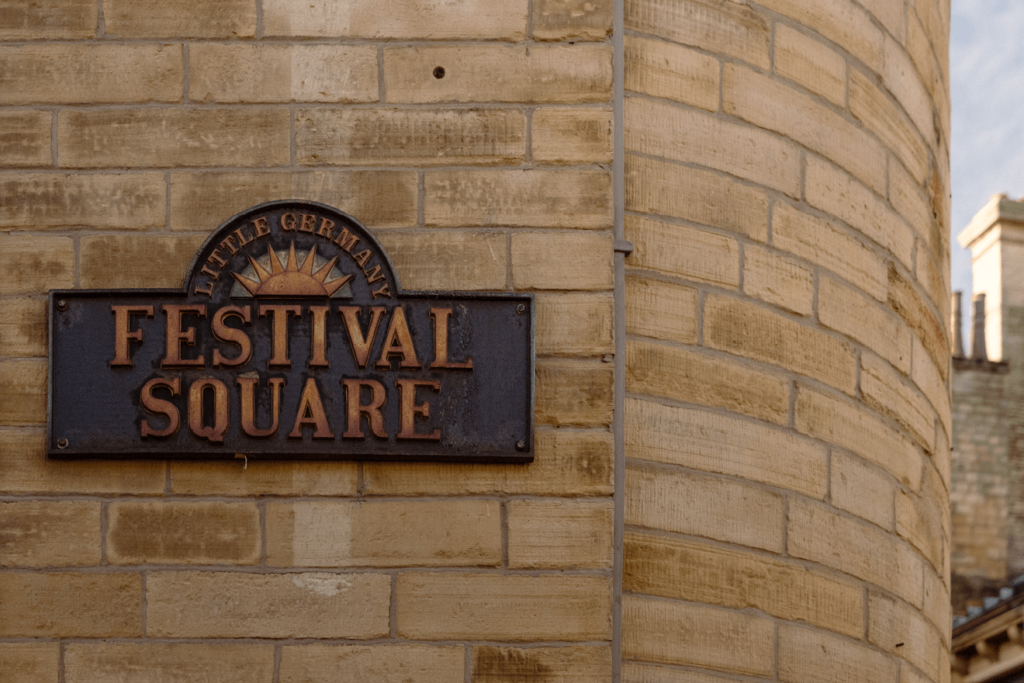
Original Festival Square sign in the centre of Little Germany on Peckover Street.
5. Street signs
Little Germany’s street signs are full of quirk and character, much like the area itself. They look different to the street signs in other parts of the city, and were designed in a bespoke typeface by artist Tim Rushton in the early noughties. Little Germany has a strong design heritage, and was once home to the Bradford Design Exchange as part of efforts to attract more creative practitioners to the area in the 1990s.
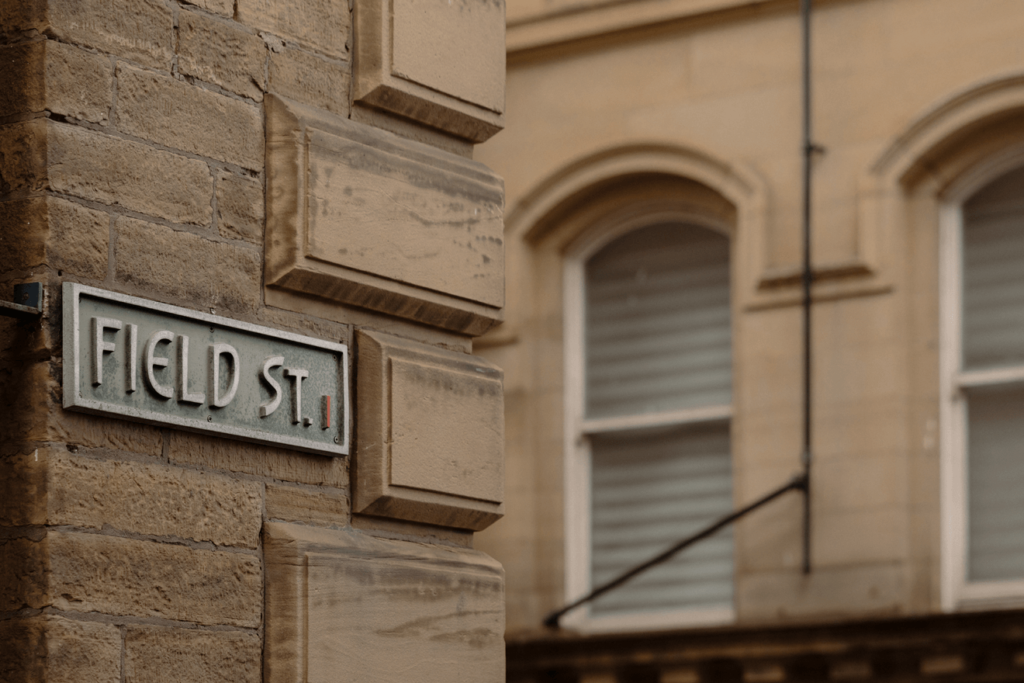
Field Street sign by Artist Tim Rushton.
6. Frederick Delius
Commerce and culture have always been closely linked, and there’s no better example than the origins of world-famous classical composer Frederick Delius – right here in Little Germany. Delius was the son of German immigrants, and his father was one of the most prominent merchants in Little Germany. Discover more about his links to Bradford here.
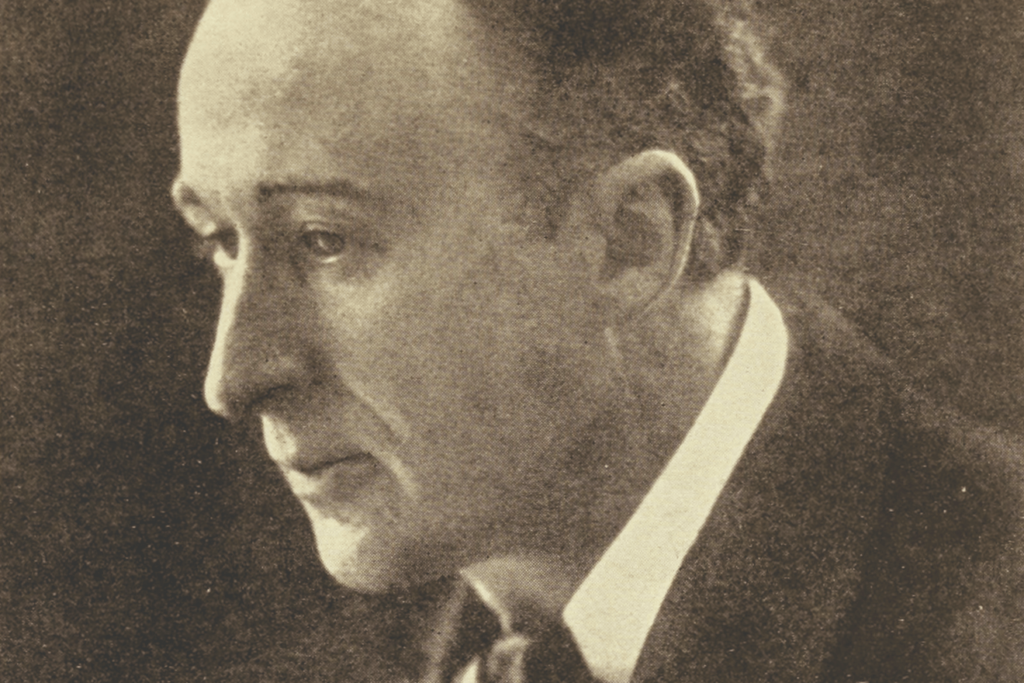
Frederick Delius, photographed in 1907.
7. Jewish heritage
Among the other high-profile names to feature in the development of Little Germany was Jacob Moser, who was a high-profile 19th Century merchant, early Mayor of Bradford, and one of the most prominent figures in the city’s historic Jewish community. Florence Moser was a pioneering influence on early years childcare in Bradford as well as helping to fund and build the Bradford Royal Infirmary. There is much to be said about the huge influence of the European Jewish community on the development of Little Germany, much of which can be read in the excellent book, 'Little Germany: A History of Bradford's Germans'.
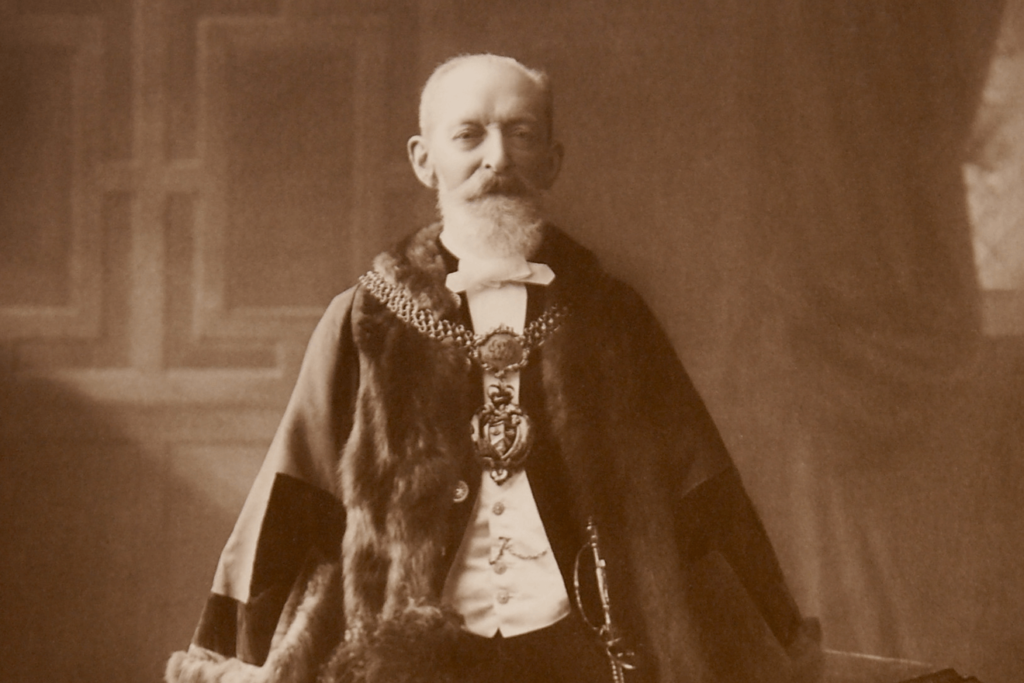
Lord Mayor Jacob Moser, photographed in 1910.
8. Independent Labour Party
Little Germany has strong links to the formation of the Independent Labour Party, a precursor to the modern Labour Party. A plaque marks the location on Peckover Street where the inaugural conference was hosted, and there’s a striking mural on the side of the Bradford Playhouse too.
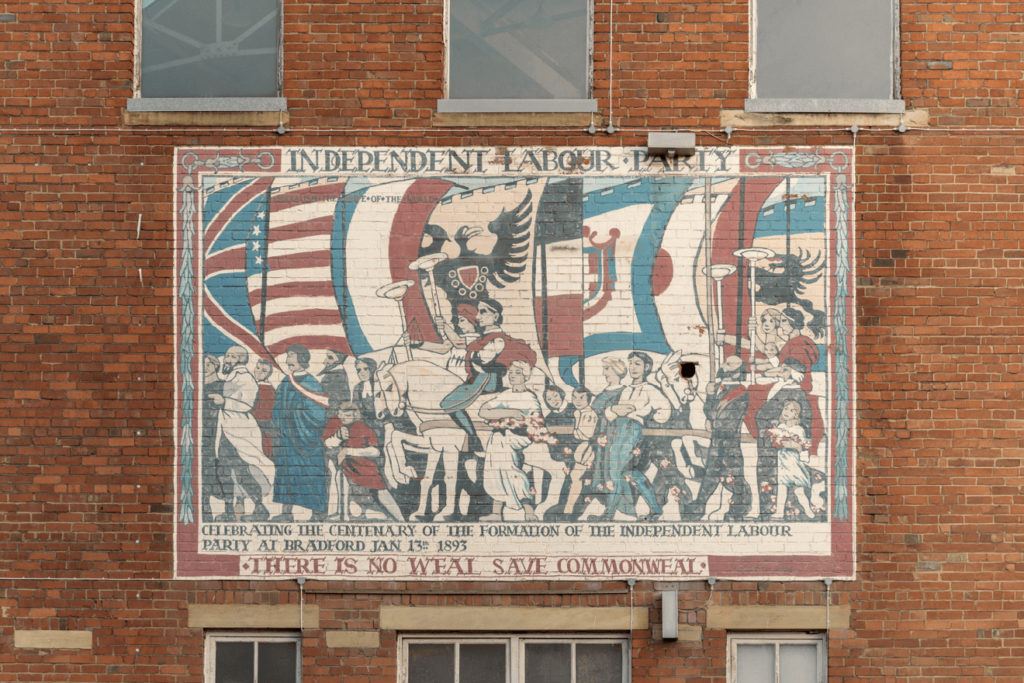
Independent Labour Party mural. On the corner of Leeds Road and Back Chapel Street.
9. Esme Church
Somewhat fitting for a UK City of Culture, the renowned actor and theatre director Esme Church has strong links to Little Germany and was based in Chapel Street for some time. She enjoyed long stints performing with the Old Vic theatre company and Royal Shakespeare Company, before serving as artistic director to the Bradford Civic Playhouse (as it was then called) in 1944. This appointment enabled Church to establish the Northern Theatre School to great critical acclaim – an institution which went on to train household names such as Billie Whitelaw, among others.
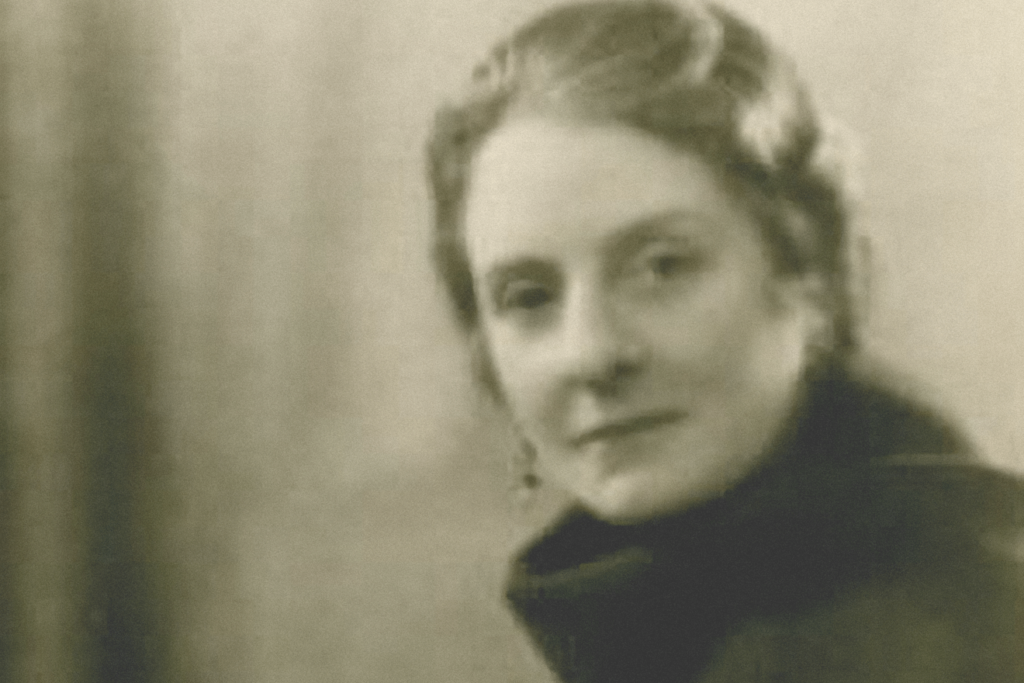
Actor and Theatre Director, Esme Church.
10. Grandad’s Clock and Chair
This hyper-realistic stone sculpture was created by artist Timothy Shutter in 1992 and has gone on to become a Bradford icon. Although perhaps the most eye-catching, it’s not the only sculpture in Little Germany. You can find details of all local sculpture and pieces of public art in this self-guided trail, which can be viewed and downloaded here.
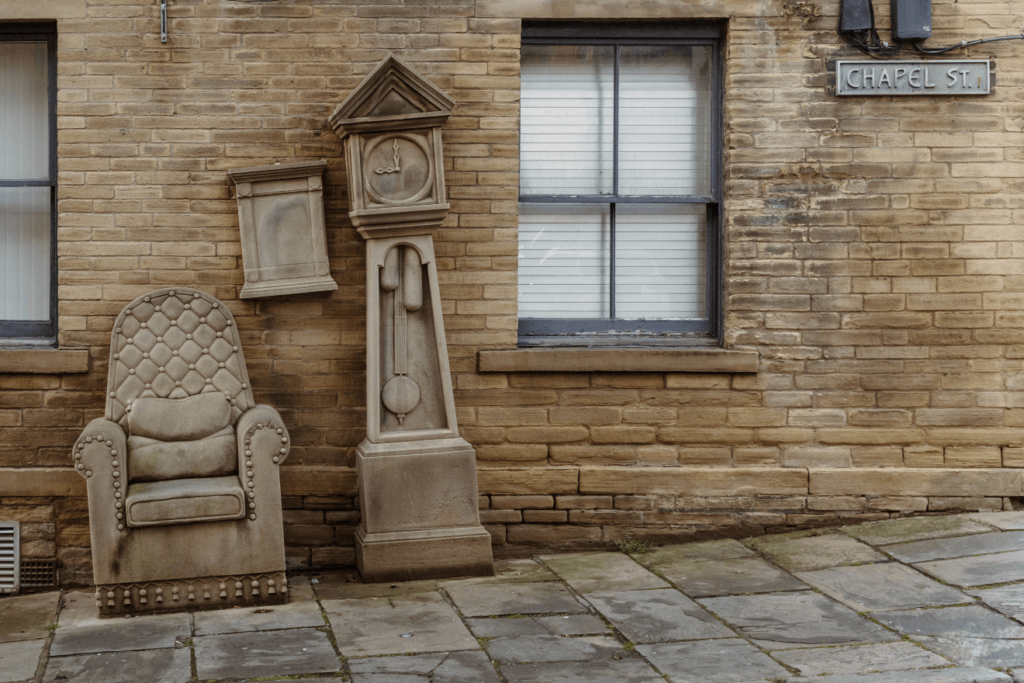
Grandad’s Clock and Chair. On the corner of Chapel Street and Peckover Street.
11. Heritage plaques
You’ll notice a number of square City Heritage plaques dotted on buildings around Little Germany, many of which detail the area’s mercantile and architectural history. Discovering these plaques in person and reading about this history is a great idea for a lunchtime stroll, and don’t forget the more comprehensive self-guided heritage walk for even more notable locations.
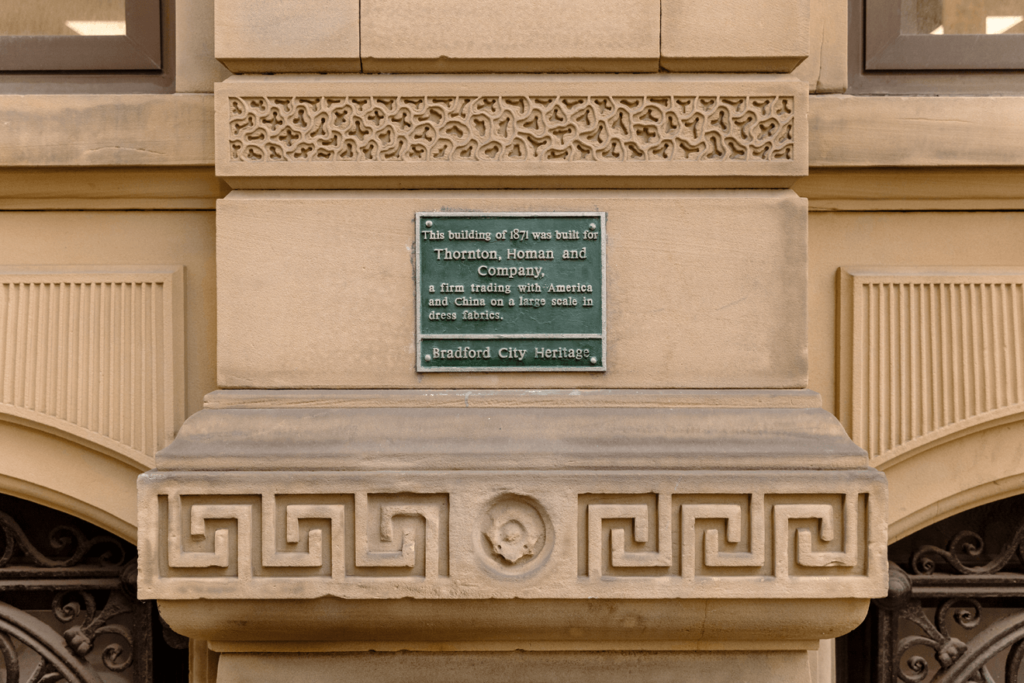
City Heritage Plaques can be found dotted around Little Germany.
12. Worship and reflection
For generations, Little Germany has been home to several places of worship – including the striking former Eastbrook Methodist Chapel at the bottom of Chapel Street. Today, there is a thriving Gurdwara on Green Street, and the city’s historic Cathedral just on the edge of Little Germany off Church Bank. To the north of Little Germany is the striking former St Mary’s RC Church on East Parade, which is now the Regency Hall events venue.
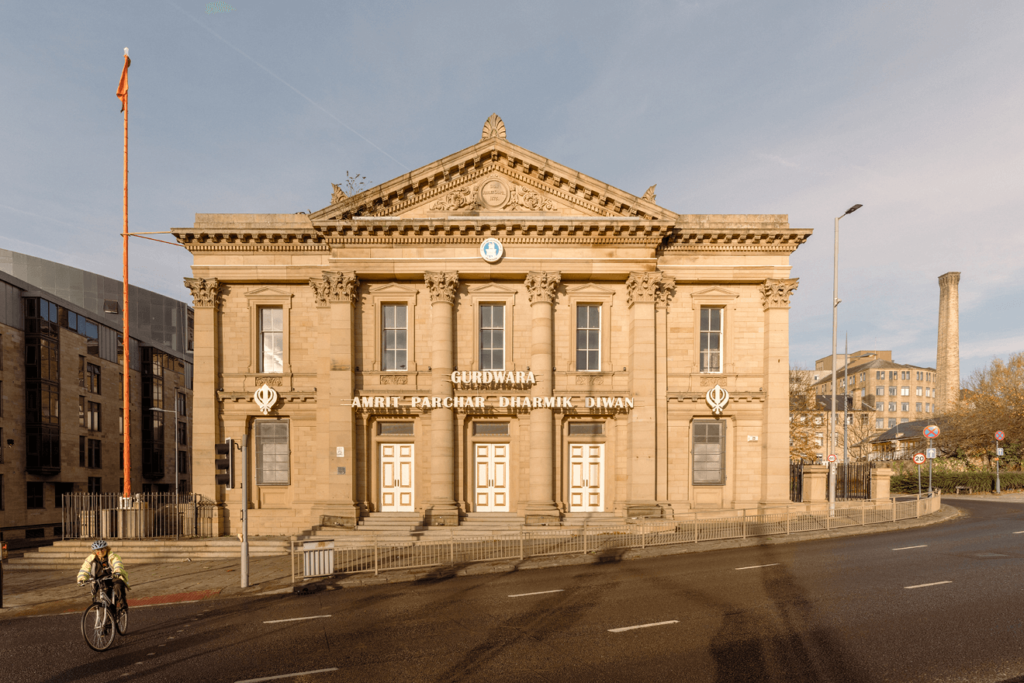
Gurdwara Amrit Parchar Dharmik Diwan. Peckover Street.
13. Eat, drink, and stay
Little Germany has an abundance of high-quality apartments which are available for short-term lets and weekend breaks. This makes it the perfect, tranquil base from which to explore the rest of Bradford and its rich cultural offer at your leisure. Little Germany is also home to the legendary Jinnah South Asian restaurant on the corner of Leeds Road.

Little Germany from above.
14. Photographers’ delight
Little Germany’s striking architecture and unique topography make it a rich subject for photographers of all styles. The documentary photographer Ian Beasley has captured much of Little Germany in his work, particularly as it transitioned from a heavily industrial area to the more tranquil heritage quarter we know today. Images of Little Germany through the ages can be found via the Bradford Museums and Galleries photography archive.
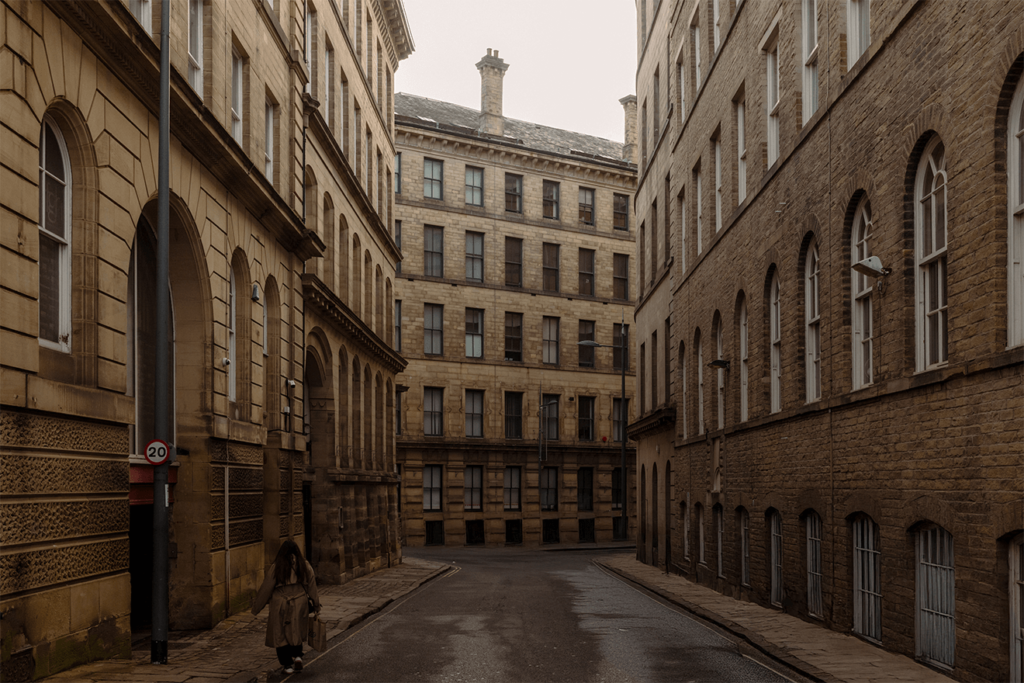
Vicar Lane in Little Germany.
Project partners






